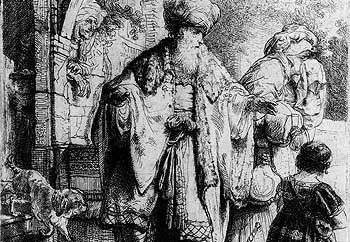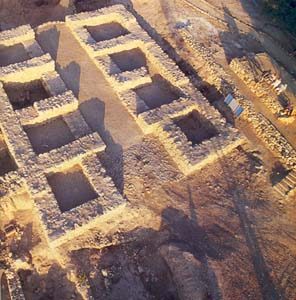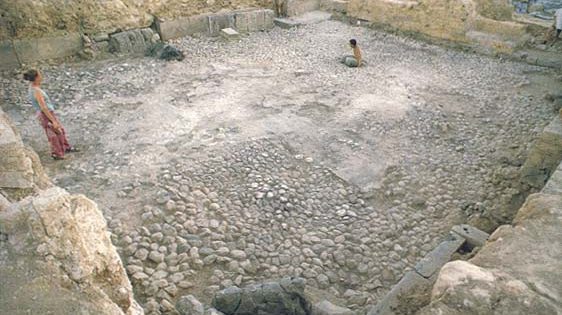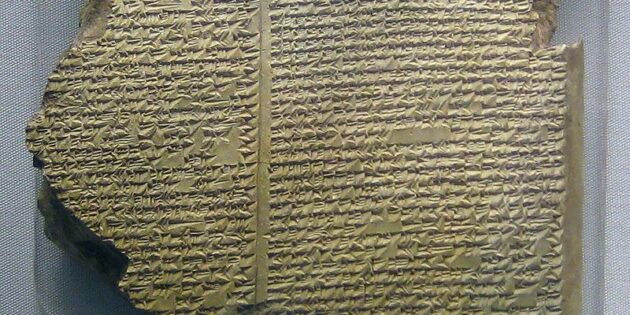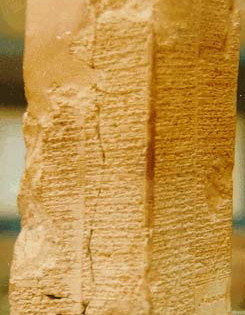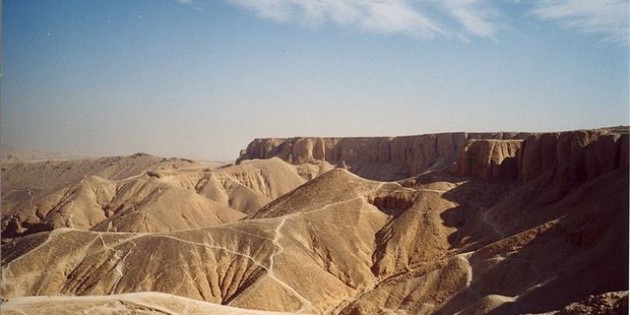Home » Bible and Beyond » What Abraham Jacob and Joseph Might Have Known
What Abraham Jacob and Joseph Might Have Known
Highlights- Semitic Tribe Entering Egypt, c. 1890 BCE Egyptian Curse Figurine, c.1800 BCE The Story of Abraham, 18th century BCE Overview The Mists of Antiquity 2000-1000 BC, Teddy Kollek and Moshe Pearlman, Jerusalem- Sacred City of Mankind, Steimatzky Ltd., Jerusalem, 1991. Biblical History- From Abraham to Moses, c. 1850-1200 BCE, Steven Feldman, COJS. Artifacts Ain […]
Babylonian Liver Omens- The Chapters Manzazu, Padanu and Pan Takalti of the Babylonian Extispicy Series Mainly from Aššurbanipal’s Library (Ulla Koch-Westenholz CNI Publications 25) The administration was determined to go to war, but it lacked the necessary public support. Fortunately there was timely intelligence, especially from southern Iraq, that victory was assured. Am I referring […]
This Old Babylonian tablet in the shape of a sheep’s liver is divided into sections that are annotated for the use of a diviner. The anatomically detailed model—more accurate than later, medieval European ones—was probably used to teach apprentices how to read the entrails of certain specially slaughtered animals. So important was divination that such […]
A clay tablet with hieroglyphic was found at Tel Hazor in 2007. Although the hieroglyphics have not yet been deciphered, it has been determined that the tablet teaches how to forecast the future with an animal liver, a practice common in the ancient East. See also- Haaretz- A city of stature in days of old […]
In the 1960s a youngster stumbled across a small piece of a broken tablet at Hazor. The cuneiform text impressed into the clay proved to be part of an ancient foreign language dictionary—translating terms from Akkadian, the diplomatic lingua franca of the eastern Mediterranean world in the Middle and Late Bronze Ages, into Sumerian. The […]
Solomon’s City Rises from the Ashes The fiery destruction of Hazor, the Book of Joshua recounts, was the final episode in the Israelite conquest of Canaan. Once Joshua burned down this key city—“the head of all those kingdoms,” as Joshua 11-10 puts it—the land of Canaan was open to Israelite settlement. Over the centuries, a […]
Did the Israelites Destroy the Canaanite City? A fierce conflagration marked the end of Canaanite Hazor. Across the site, a thick layer of ashes and charred wood—in places 3 feet deep—attests to the intensity of the blaze in the northern Galilee city. Within the walls of Hazor’s palace, the fire was especially fierce- The unusual […]
When BAR’s editors invited me to prepare a list of significant finds for the 20th anniversary issue, I thought the task would be easy. I had already been developing the forthcoming BAS Slide Set on the Hebrew Bible and archaeology, so I figured I could easily cull 10 slides from these. But as I began […]
Sumerian King List The Weld-Blundell Prism is a baked clay “prism” with four equal sides, each about 20cm high and 9cm wide. An unknown scribe recorded the names of the rulers of Akkad and Sumer (today’s central and southern Iraq) in cuneiform. It contains the most complete surviving list of the Sumerian kings from c. […]
Hidden behind the Theban Hills, on the West Bank of the Nile, lies the Valley of the Kings (Wadi el-Muluk in Arabic), a limestone valley where tombs were built for the Pharaohs and powerful nobles of the New Kingdom during the 18-21st Dynasties. It was chosen as the burial place for most of Egypt’s New […]

